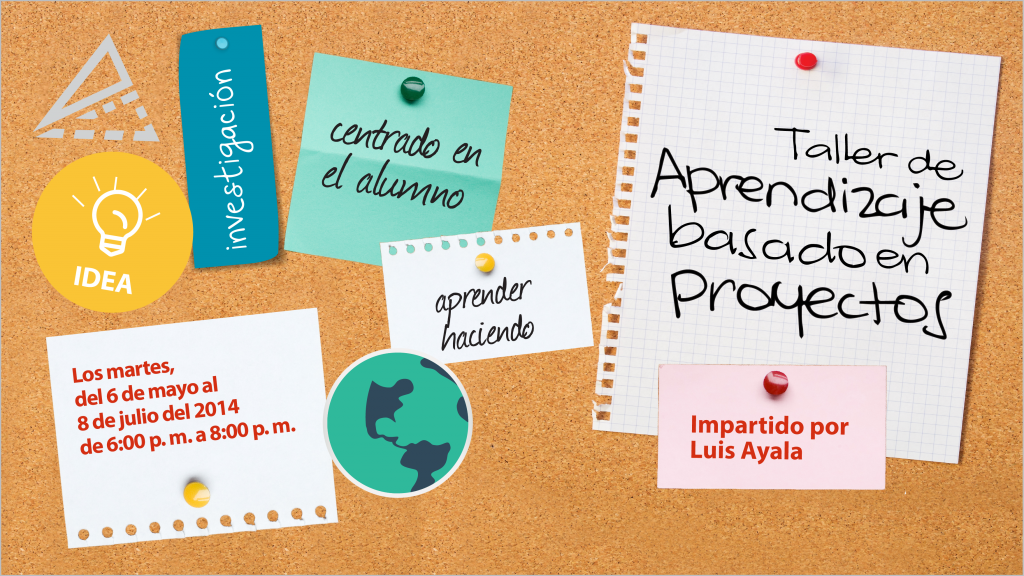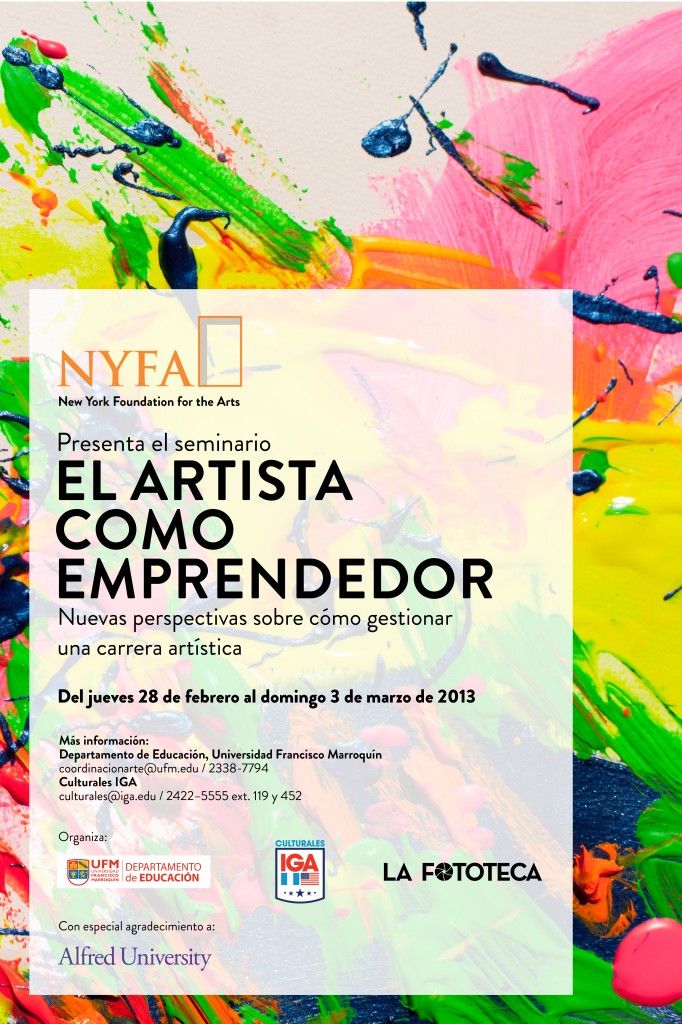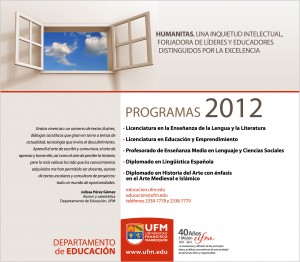María Inés Flores
For those of us who sit down to do social studies homework with our children, it’s often hard to refrain from tearing up the textbook. Thank goodness we feel compelled to set an example of maturity and self-control for the little ones, otherwise the pages could end up torn and we would have a difficult time explaining to them that the book they’re reading is full of misconceptions.
Why do we feel this way? This bitter reaction is caused by the fact that most social studies books – and teaching the classroom instructors do- promote ideas of dependence and servitude, which are, unfortunately, extremely easy to engrain in the minds of our innocent, young children. Most textbooks do not champion critical thinking and freedom, therefore, they are ineffective at teaching responsibility. And by allowing this to continue, we are shaping more inert, less disciplined, and less entrepreneurial future generations.
The Social Studies and History textbooks used in most schools, whether public or private, tell a strange version of history. This “strange” version illustrates the country’s founders as leaders with amazing intelligence, profound goodness, and boundless courage… basically, genius-saints that did no wrong and made no mistakes. This picture also implies that leaders such as the Founding Fathers were grand planners: they not only drafted wonderful documents like the Declaration of Independence, but also designed and planned just about everything that we consider important in our society: towns and homes, transportation systems, markets and stores, and of course, the formal schooling or educational system. If we read a commonly-used Social Studies book for eight-year-olds, we will most likely (and unfortunately) arrive at two conclusions: One, there is no spontaneous order –everything and anything that’s good is the result of one or several people planning it, based on their intelligence and knowledge- and two, a good citizen does not question laws or regulations and instead, he happily abides by them, including paying all taxes that are imposed by any government agency, since these taxes are supposedly always used to improve our lives.
Other Countries Share this Dilemma
This unfortunate situation of teaching servitude instead of freedom is also common in countries other than the United States. Take, for example, the social studies workbook that second graders use at a prestigious private school – Colegio Interamericano- in Guatemala City. The book, titled Sociedad y Yo (Society and Me) is published by Editorial Piedrasanta. The authors and editors pride themselves in teaching Guatemalan history and culture, as well as the values and behavior of good citizens. The book is 187 pages
long and its content is organized into five modules, which are My Family, My School Life, My Community, My State, and Citizenship and Culture of Peace. In all fairness, it does include many activities that motivate discussion and participation, as well as many important lessons. However, comments such as We should pay taxes, Our taxes are used for building roads, and The Municipality builds and maintains roads appear six times, sometimes even as questions in the short test at the end of a chapter. The book leaves no room for skepticism or analysis about whether the taxes we pay are indeed making people’s lives better. It is good to pay taxes is portrayed as a universal and permanent truth, regardless of the fact that the children in Guatemala witness the very opposite: decadent or non-existent roads, insecurity and an extremely high crime rate, lack of medical and hospital care for poor people, to name but a few. What this social studies book teaches and what the children see and experience every day are not the same – they are in fact, quite the opposite. Yet most schools continue to deliver the message that it is good to pay taxes, don’t doubt it, and answer this on the test, if you want to get a good grade.
This unfortunate situation of teaching servitude instead of freedom is also common in countries other than the United States. Take, for example, the social studies workbook that second graders use at a prestigious private school – Colegio Interamericano- in Guatemala City. The book, titled Sociedad y Yo (Society and Me) is published by Editorial Piedrasanta. The authors and editors pride themselves in teaching Guatemalan history and culture, as well as the values and behavior of good citizens. The book is 187 pages long and its content is organized into five modules, which are My Family, My School Life, My Community, My State, and Citizenship and Culture of Peace. In all fairness, it does include many activities that motivate discussion and participation, as well as many important lessons. However, comments such as We should pay taxes, Our taxes are used for building roads, and The Municipality builds and maintains roads appear six times, sometimes even as questions in the short test at the end of a chapter. The book leaves no room for skepticism or analysis about whether the taxes we pay are indeed making people’s lives better. It is good to pay taxes is portrayed as a universal and permanent truth, regardless of the fact that the children in Guatemala witness the very opposite: decadent or non-existent roads, insecurity and an extremely high crime rate, lack of medical and hospital care for poor people, to name but a few. What this social studies book teaches and what the children see and experience every day are not the same – they are in fact, quite the opposite. Yet most schools continue to deliver the message that it is good to pay taxes, don’t doubt it, and answer this on the test, if you want to get a good grade.
It’s Up to Parents to Teach Freedom and Responsibility
Let’s face it: our children are susceptible to any and all of the messages they receive, particularly if the source is an authority (such as a schoolteacher) backed by a formal tool (such as a print textbook). This means that a huge responsibility rests on the shoulders of parents and caregivers: not only ensuring that our children are learning the right lessons in life, but also the right lessons in school-taught subjects such as Social Studies and Economics. So how do we go about doing this?
First, by understanding just how deeply liberal thinking is embedded in our children’s classroom and being able to juxtapose, in clear and simple language, what they learned there -or elsewhere- with what we want them to learn. For example, in the previous example of paying taxes so that we can have good roads, we could ask seven-year-old Johnny a couple of questions as we drive on a poorly-maintained street: Do you think that these streets are in good shape? Did you know that the municipal government receives money from 100,000 people in order to fix roads and build new ones? This can help illustrate that it is not a universal truth that the taxes we pay for road building and maintenance are used effectively. Another example could be a conversation on highway tolls, and include questions such as should everyone pay for taxes to maintain roads that only some people use? This will help them generate ideas about individual freedom and justice in a community. Little by little, we can discuss concepts such as progressive and regressive taxation, property rights, free-riders, and many other concepts that, if explained well, are surprisingly easy for young children to understand.
Second, by motivating children to observe and listen, and use their own critical thinking to analyze new situations. I was recently bombarded with questions from my children when we drove through a neighborhood filled with small houses made of foil and cardboard and I pointed out that the people living there were land-grabbers. They had a million questions, some of which were very challenging! It is exciting to see interest spark in children when we treat them with respect and involve them in the discussion of social and economic issues. Once we see more critical thinking and thoughtful decision-making in a child, we can happily say that the seeds of freedom and responsibility have been planted.
Third, by helping children learn to discern what to voice under certain situations or circumstances. For example, when taking a written test, Johnny should probably respond True to the question of whether we should pay taxes. Why? In the first place, because it is the legal thing to do. In the second place, Johnny probably wants to get a good score on the test and knows that this is the answer the teacher is looking for. Furthermore, if we have discussed with Johnny that one of the objectives of taxes is to offer goods and services to a community that are better provided by the government than by people or companies, then he knows that in many ways, it is good to pay taxes. However, Johnny also understands that some forms of taxes are more equitable or effective than others and that in many situations, there are better alternatives to solving social problems. If he develops judgement in applying all of this knowledge, he will know when to answer what on a test, when to contradict a statement, when to remain quiet, etc. He will not only be a free and responsible young person, but also a smart, little diplomat!
That is exactly what we want, isn’t it? We want to guide children so that they will question things, consider different points of view, learn that they are individuals with their very own mind, and most of all, understand that every decision they make, has consequences. If many schools are not teaching these principles well, let us get involved and try to change that, but, at the same time, let’s take on the very important challenge of teaching young children freedom and responsibility!
June 28, 2012






 En el edificio de la Escuela de Negocios, salón EN-601, el sábado 10 de marzo el carismático Christopher Phillips compartió con estudiantes del Departamento de Educación de la UFM su último proyecto: Café Constitución. La interactiva charla se inició con una retrospectiva a propósito de los años que el prolijo escritor ha dedicado a la difusión del método socrático en textos como Café Sócrates y otros. Contó sus inicios, habló de la observación profunda que ha hecho de la realidad estadounidense que puede extrapolarse al contexto guatemalteco, además de reseñar las inquietudes que lo han movido a “ser parte de la solución”.
En el edificio de la Escuela de Negocios, salón EN-601, el sábado 10 de marzo el carismático Christopher Phillips compartió con estudiantes del Departamento de Educación de la UFM su último proyecto: Café Constitución. La interactiva charla se inició con una retrospectiva a propósito de los años que el prolijo escritor ha dedicado a la difusión del método socrático en textos como Café Sócrates y otros. Contó sus inicios, habló de la observación profunda que ha hecho de la realidad estadounidense que puede extrapolarse al contexto guatemalteco, además de reseñar las inquietudes que lo han movido a “ser parte de la solución”.